History of the Collection


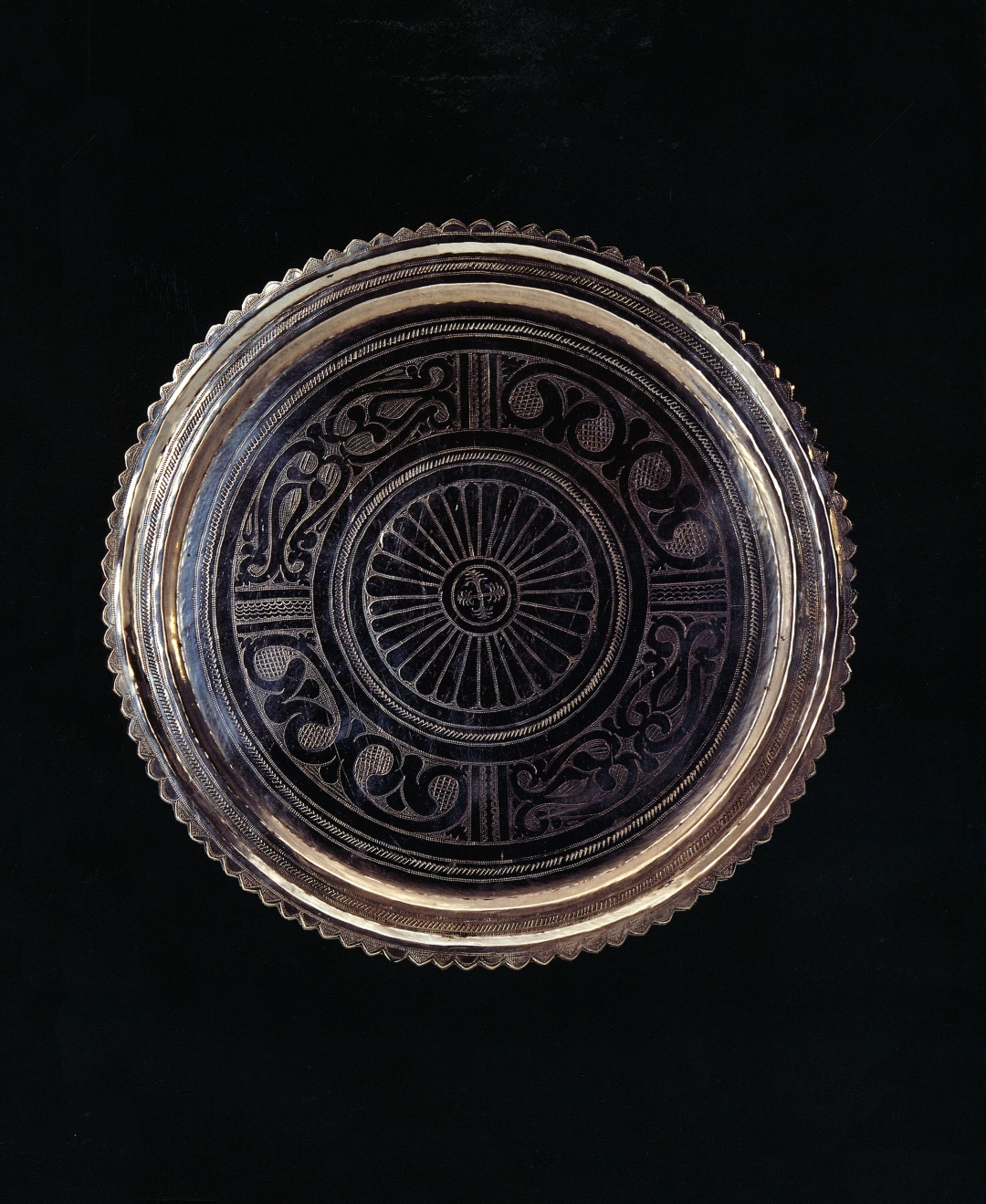
Saad Mahmud Al-Jadir was born in Baghdad in 1941. After leaving school he continued his studies at the Moscow Architectural Institute and was awarded a Ph.D in Urban Studies in 1969. Since then he has worked on a number of regional and town planning projects in Greece, Libya, Algeria and Abu Dhabi.
Over the last thirty years, Dr. Al-Jadir has combined his activities as a town planner with a passion for Islamic Silver that has seen him build up a collection of over 11,000 artefacts. These include items of jewellery, utensils, ornaments, coins, arms and seals from all over the Islamic world. Parts of this unique collection have been seen at exhibitions Lisbon, Khartoum, Riyadh, Stockholm, Kuala Lumpur and London. Regrettably, however, most of the pieces have never left the European Bank vaults in which they are currently stored.
Not content with being a mere collector, Dr. Al-Jadir has done a great deal of research in the field of Islamic Silver. He has also published a number of articles and books, notably Arab and Islamic Silver (Stacey International, London 1881), Decorations on Silver and Manuscripts among Muslims (King Faisal Centre for Research and Islamic Studies, Riyadh 1988), Islamiskt Silver (Medelhavsmuseet, Stockholm 1989) and Silver and Islamic Smithing Techniques (Casablanca 1993), Islamic Silver Treasures (Casablanca and London 1995).
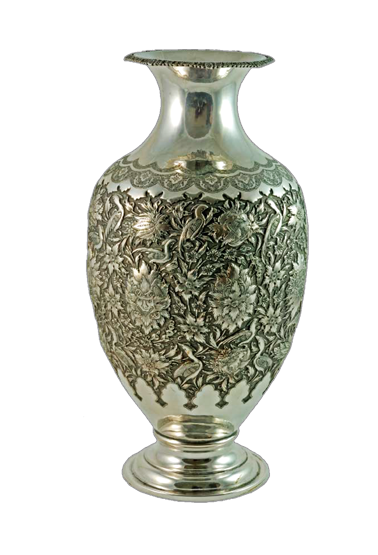
There are some 7,000 pieces of jewellery, 2,000 utensils (incense burners, inkwells, rosewater sprinklers, candlesticks, boxes, vases, pots, bowls, plates, vessels, etc.), 1,700 coins (from pre-Islamic Arabs through the earliest Islamic periods and various ruling dynasties), 150 swords, daggers and knives, and 300 seals and decorations.
Islamic art is, and has always been, the medium par excellence by which Muslim peoples have expressed the richness of their vast and unique civilization
The Al-Jadir Collection represents various historical periods, although the last four centuries are predominant. While some pieces are hallmarked for earlier dates, Islamic silver is very rarely hallmarked, so there may well be a higher proportion of pieces from earlier dates and without doubt some items in the collection deserve a more profound study to establish this fact.
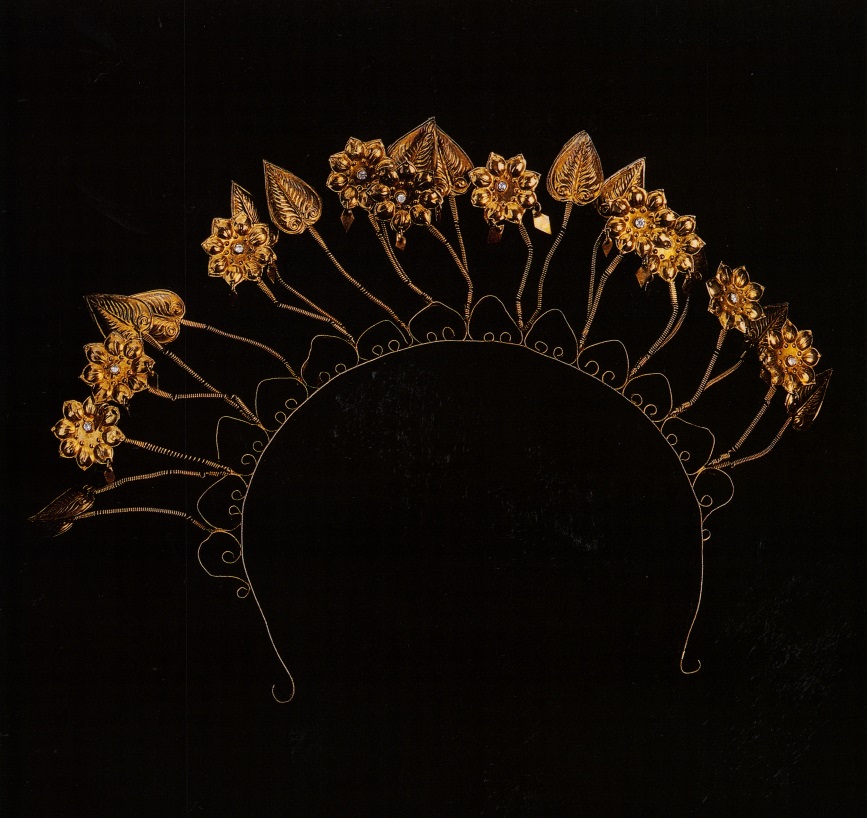
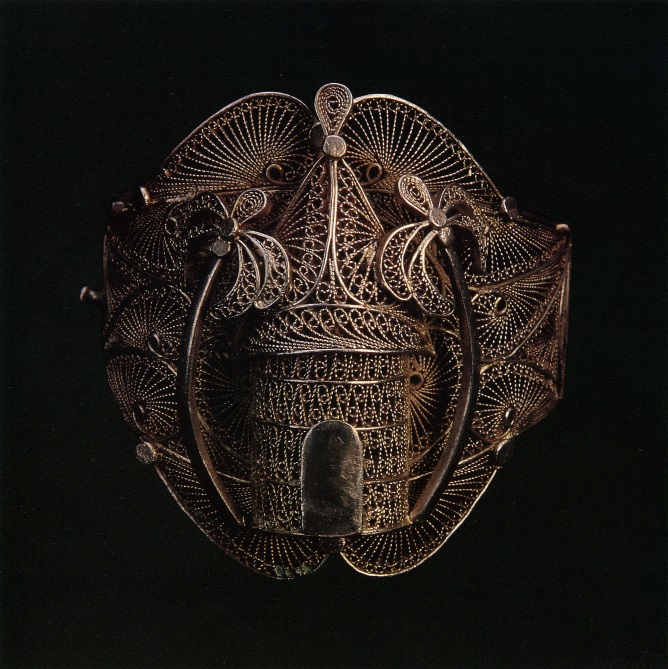
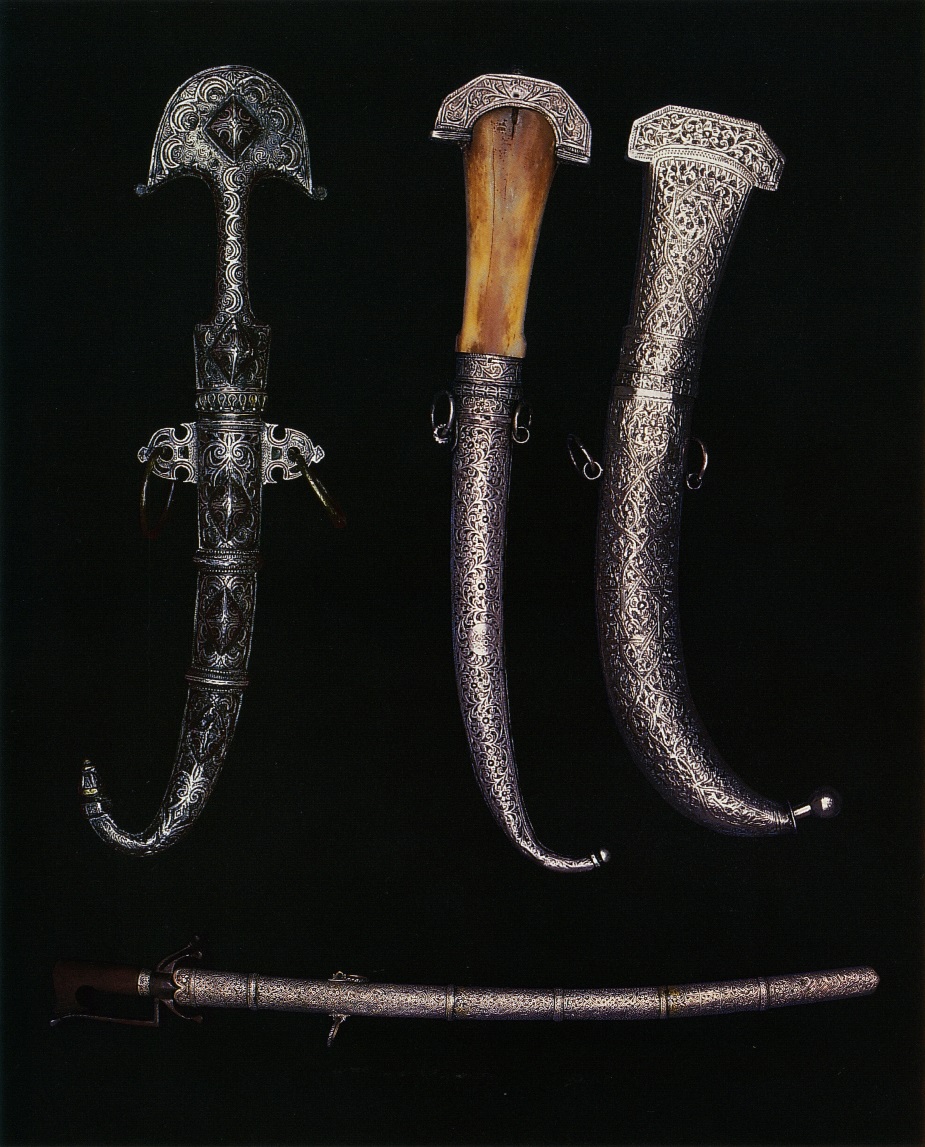
Exhibitions
‘Islamic Silver‘ – The Gulbenkian Foundation, Lisbon | Opened by the President of Portugal, 21st July – 31st December 1981
‘Arab and Islamic Silver’ – Khartoum | Opened by the Vice President of Sudan – 17th February 1985, to coincide with the fifth conference of the Arab Organisation of Mineral Resources
‘Decoration on Silver and Manuscripts among Muslims‘ – Riyadh | Opened by the Governor of Riyadh, HRH Prince Selman Ben Abdul Aziz – 1st June 1988 – 28th February 1989
‘Treasures from the Orient‘ – Stockholm | Opened by the Chairman of the King Faisal Centre for Research and Islamic Studies, HRH Prince Turki Al Faisal Ben Abdul Aziz – 28th November 1989 – 1st April 1990
‘World Islamic Civilisation Festival‘ – Kuala Lumpur | Opened by the Prime Minister of Malaysia – 17th June – 31st October 1994
‘Islamic Silver Art‘ – London | 2008
The craft of the silversmith represents an essential element of this compound medium
The Collection covers all the Islamic regions and countries of the world, from the Philippines, the Malay world, the Indian sub-continent, Central Asia, the Balkans, Caucasus, Persia, Turkey, Iraq, Syria, Palestine, the Arab Peninsula, Egypt, Al-Maghreb to East, Central and West Africa.
Publications
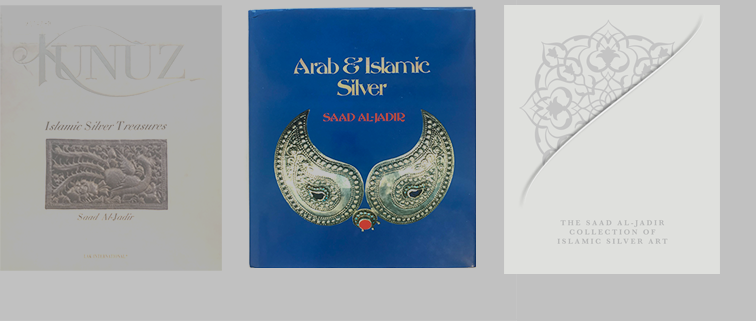
f.l.t.r
Kunuz – Islamic Silver Treasure
Arabic and Islamic Silver
The Saad Al-Jadir Collection of Islamic Silver Art
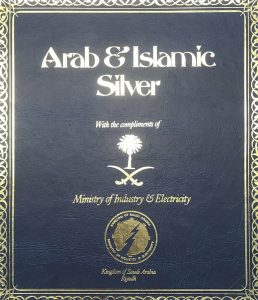
Ministry of Industry & Electricity – Kingdom of Saudi Arabia

